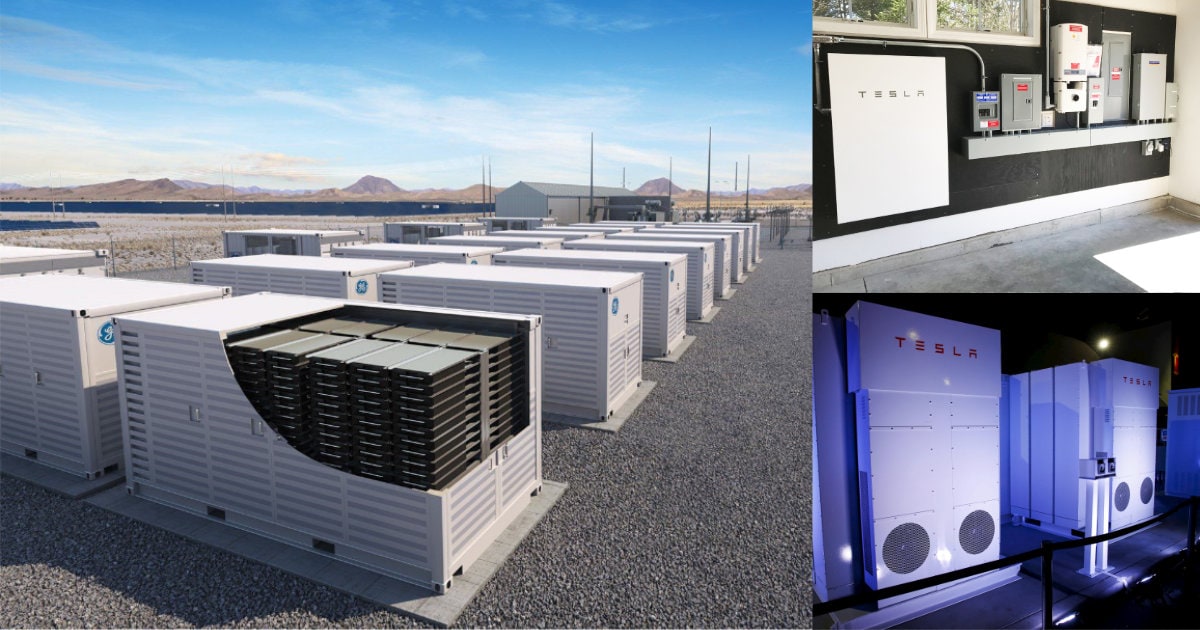Renewable energy storage represents the capturing of energy produced at one time for use at a later time. The technology provides a solution to the intermittent nature of renewable energy sources like wind and solar, which generate power irregularly and not always at the time of demand. This inconsistency poses a significant challenge to the widespread adoption of renewables. Energy storage plays a crucial role in filling the supply-demand gap, ensuring the reliable delivery of electricity, and facilitating a more resilient, efficient, and cleaner electric grid.
Table of Contents
Types of Renewable Energy Storage
There are several types of renewable energy storage technologies, each with their own strengths and weaknesses, depending on their use cases.
Battery Energy Storage
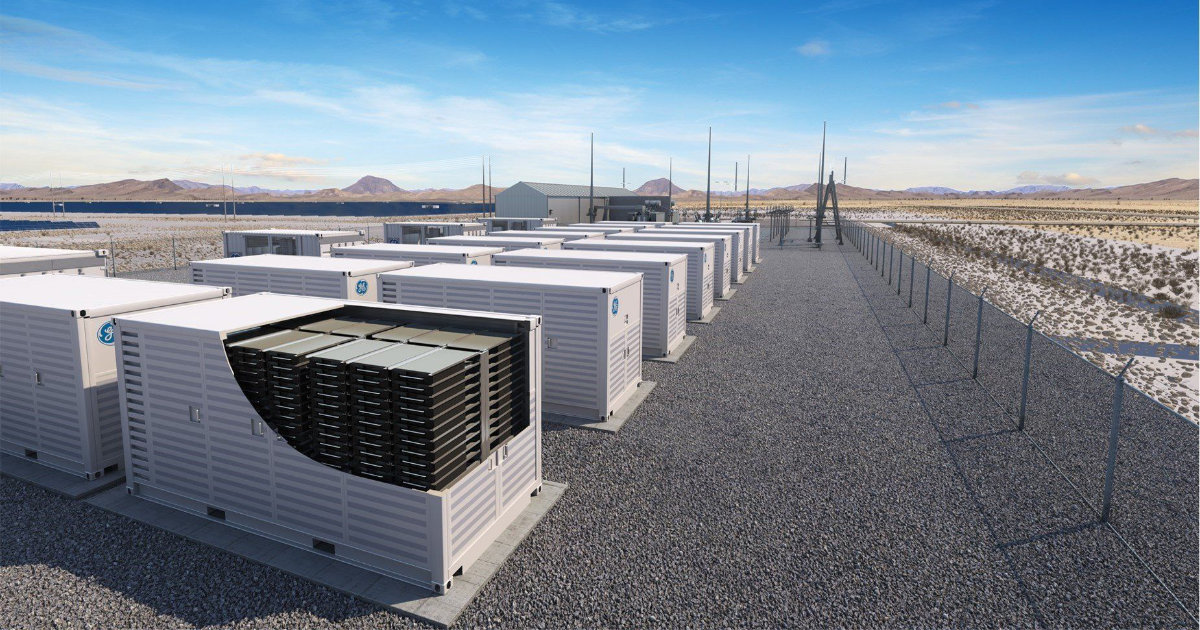
Batteries store energy in a chemical form that can be released as electricity. The battery technology has evolved dramatically over the years, from the early lead-acid batteries to the modern lithium-ion batteries, and more recently to the emerging flow batteries. Each type has different characteristics: lead-acid batteries are inexpensive but have a shorter lifespan, lithium-ion batteries offer high energy density and longer lifespan but are more expensive, while flow batteries can provide longer duration storage and have longer lifespans but are bulkier and less energy-dense.
Pumped Hydro Energy Storage
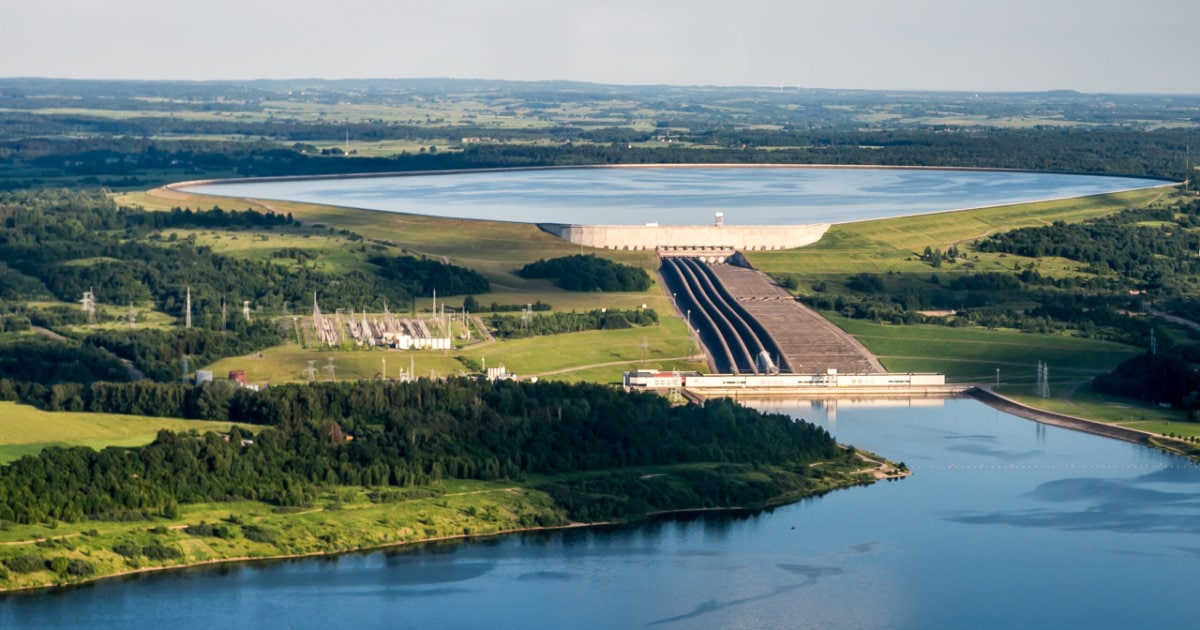
Pumped Hydro Storage is one of the oldest and most established forms of energy storage. It involves two water reservoirs at different elevations; during periods of low electricity demand, excess electricity is used to pump water from the lower reservoir to the higher one. When electricity demand is high, the stored water is released to generate electricity through a turbine. It requires specific geographic conditions and has some environmental impact, but provides long-duration storage at a large scale.
Thermal Energy Storage
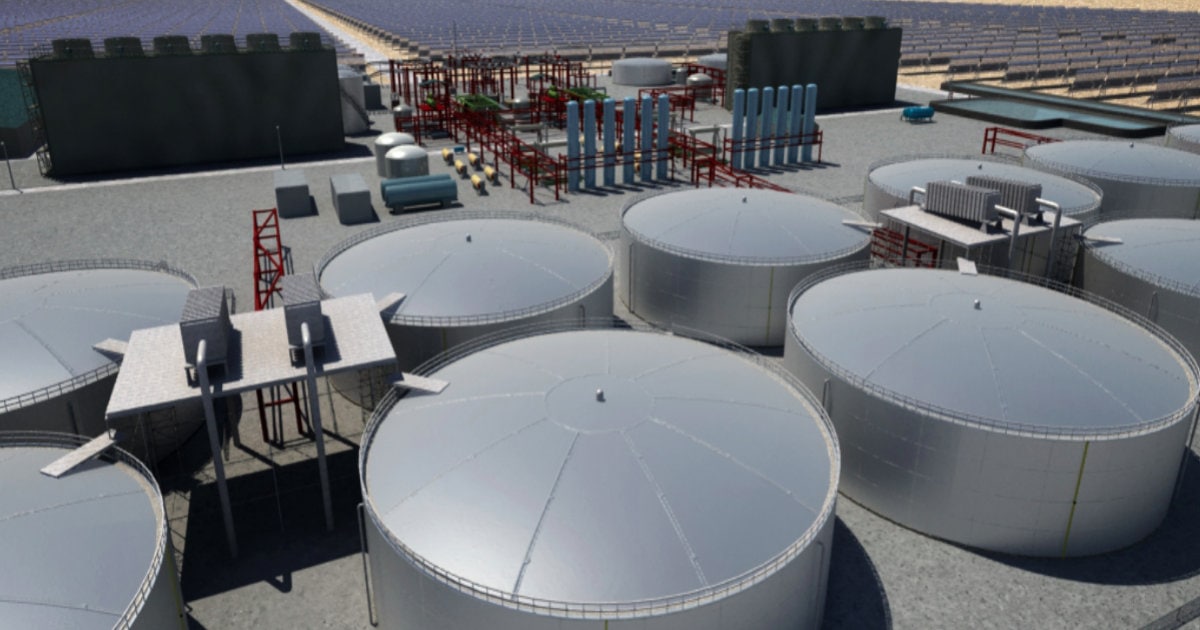
Thermal energy storage involves the storage of energy by heating or cooling a substance, often water or molten salt. For instance, concentrated solar power plants use molten salt to store heat generated by the sun, which can then be used to produce steam and generate electricity even when the sun isn’t shining.
Compressed Air Energy Storage
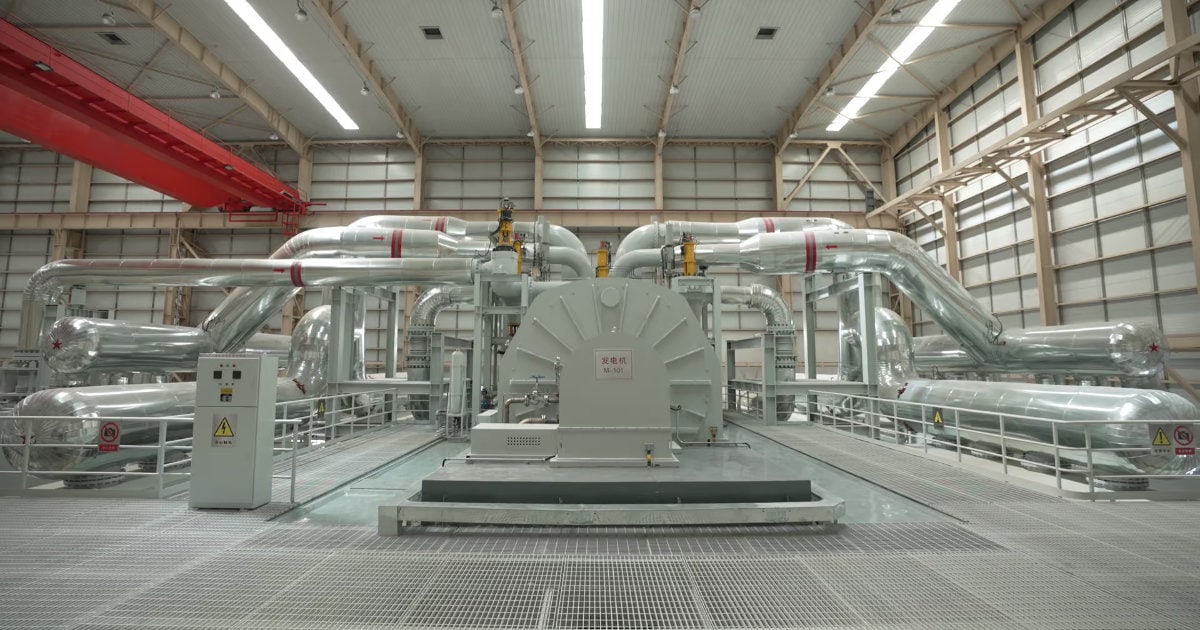
Compressed Air Energy Storage (CAES) involves storing energy by compressing air, usually in underground caverns. The compressed air is released and heated to drive a turbine when energy is needed. This technology provides large-scale, long-duration storage, but requires specific geological formations.
Flywheel Energy Storage
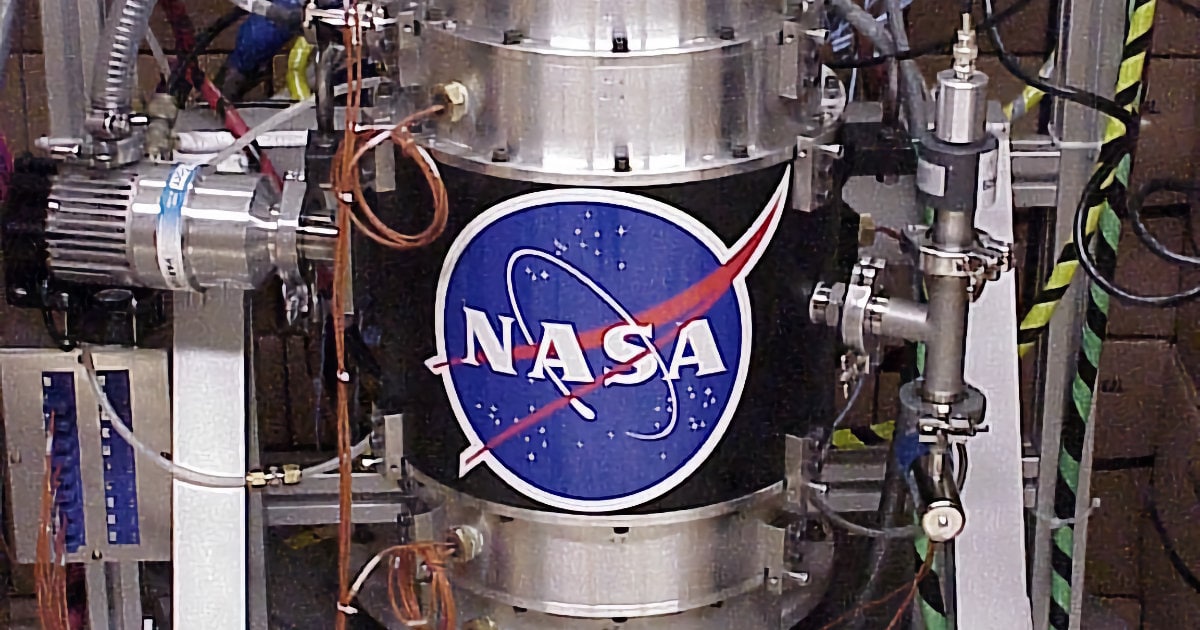
Flywheels store energy in a rotating mass. The faster the flywheel spins, the more energy it stores. This energy can be quickly released by using the flywheel to drive a generator. Flywheels can provide very fast response times and are often used to provide short-term power quality and reliability services.
Hydrogen Energy Storage
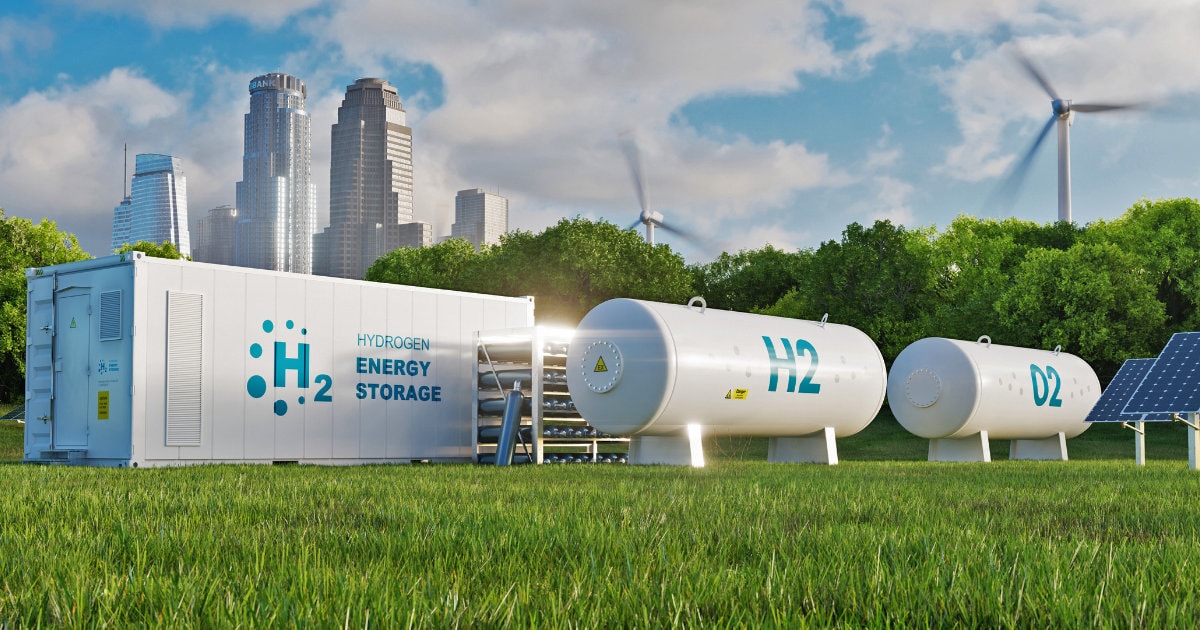
In the realm of renewable energy storage, hydrogen plays an increasingly important role. Excess renewable electricity can be used to split water into hydrogen and oxygen, a process known as electrolysis. The hydrogen can be stored and then used to generate electricity via a fuel cell or combustion when needed. Hydrogen is also being explored for its potential in long-term and large-scale storage.
The Role of Renewable Energy Storage in Power Grid Stability

The power grid requires a delicate balance between electricity supply and demand. Too much or too little power can cause blackouts or damage equipment. Renewable energy sources are intermittent and unpredictable, which can make this balance more challenging.
Renewable energy storage helps maintain grid stability by absorbing excess power when supply exceeds demand and releasing it when demand outpaces supply. In this way, energy storage acts as a shock absorber for the power grid, reducing the risk of blackouts and improving reliability. Moreover, it provides dispatchable power – power that can be dispatched to the grid at any time, regardless of whether the sun is shining or the wind is blowing.
Renewable Energy Storage and Greenhouse Gas Emissions

One of the most significant advantages of renewable energy storage is its potential to reduce greenhouse gas emissions. By enabling more effective use of renewable energy, energy storage can displace more polluting forms of power generation. Furthermore, energy storage can reduce emissions by improving the efficiency of the power grid and reducing the need for peaking power plants, which often run on fossil fuels and emit high levels of CO2.
Environmental Impact of Renewable Energy Storage
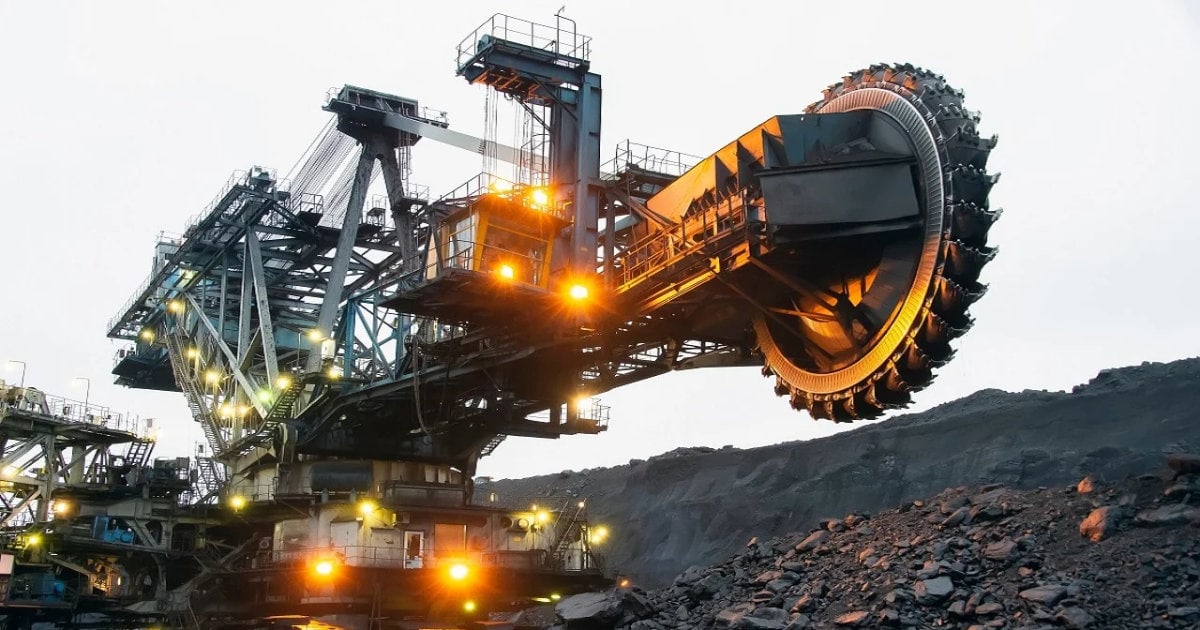
While renewable energy storage offers significant environmental benefits, it also presents some environmental challenges. For instance, mining the materials for batteries can cause environmental degradation, and disposing of old batteries can lead to pollution if not managed correctly. Similarly, pumped hydro storage can impact local ecosystems, and CAES requires specific geological formations that may not be available everywhere. Therefore, while advancing these technologies, it’s essential to minimize these negative impacts and develop sustainable lifecycle management practices.
Economic Factors and Cost-effectiveness of Renewable Energy Storage
The economics of renewable energy storage can be complex. They depend on many factors, including the technology, the scale of the system, its location, and the regulatory environment. Battery costs have been falling rapidly, making battery storage increasingly competitive. However, other forms of energy storage may be more cost-effective for large-scale or long-duration storage. Understanding these factors is crucial for anyone looking to invest in renewable energy storage.
Challenges and Limitations of Renewable Energy Storage
Despite the progress and potential, renewable energy storage faces several challenges. These include technical issues like energy losses during storage and limitations on how long energy can be stored. Economic challenges include the high initial investment required for many storage technologies and the costs of operation and maintenance. And regulatory challenges involve ensuring fair market access for energy storage and aligning incentive structures to support its deployment.
The Future of Renewable Energy Storage
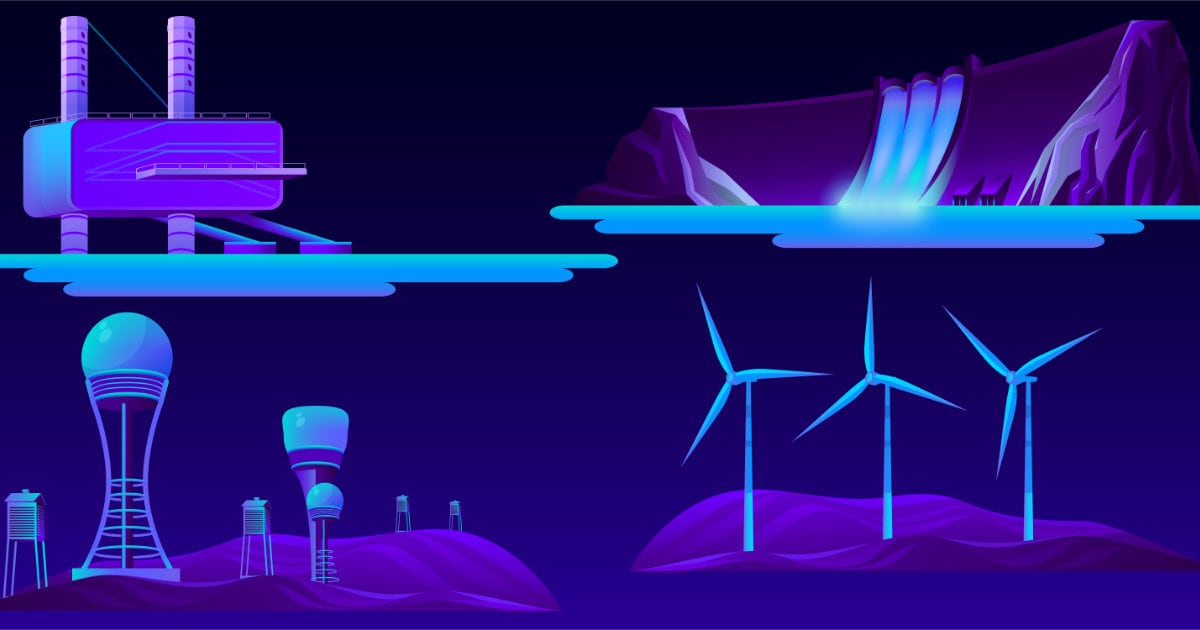
The future of renewable energy storage looks bright. Emerging technologies, like solid-state batteries, gravitational energy storage, and liquid air energy storage, could offer new possibilities and advantages. Trends like decentralization of power generation, vehicle-to-grid technology where electric vehicles supply power back to the grid, and energy storage as a service, could reshape the energy landscape. These developments promise to make energy storage even more crucial in the transition to a clean energy future.
Integration of Renewable Energy Storage with Solar and Wind

Energy storage is particularly important for solar and wind power. These sources generate power intermittently – solar power is only generated during the day, and wind power fluctuates with the wind. By storing the excess power produced when conditions are favorable, and releasing it when production falls or demand rises, energy storage can smooth out these fluctuations and make these power sources more reliable and valuable.
Getting Started with Renewable Energy Storage
If you’re interested in implementing renewable energy storage, whether at home or for a small business, start by considering your energy needs, your access to renewable energy sources, and your budget. Look into different technologies and find out what incentives might be available in your area. And remember, while there is a lot to learn about renewable energy storage, the benefits – both for you and for our planet – can be immense.
Frequently Asked Questions About Renewable Energy Storage
Renewable energy storage involves capturing energy generated from renewable sources to be used at a later time. This technology provides a solution to the intermittent nature of renewable energy sources like wind and solar. Energy storage systems store excess energy produced when conditions are optimal and supply it back to the grid when energy production decreases or demand increases, ensuring a reliable power supply.
Renewable energy storage is crucial in the transition towards a more sustainable and resilient energy system. It helps to balance the supply and demand of power, manage grid stability, reduce dependence on fossil fuels, and decrease greenhouse gas emissions. Additionally, it enhances the effectiveness of renewable energy sources such as wind and solar by mitigating their intermittent nature and allowing the stored energy to be used when needed.
There are several types of renewable energy storage technologies including, but not limited to, batteries, pumped hydro storage, thermal storage, compressed air energy storage, flywheels, and hydrogen storage. Each technology has its strengths and weaknesses, and the choice of technology depends on various factors including the specific energy needs, geographic conditions, and economic considerations.
Despite its potential, renewable energy storage faces several challenges and limitations. These include technical issues such as energy losses during the storage process, limitations on the duration of energy storage, and the need for specific materials or geographical conditions. Economic challenges include the high initial investment and operating costs. Regulatory challenges involve creating policies and market structures that support the fair inclusion and operation of energy storage in the power grid.
Renewable Energy Storage In The News
Canoo and DIU Expand Partnership for Advanced Military EV Battery Tech
BYD-Huaihai Partnership Boosts Sodium-Ion Battery Production
Toyota Leads the Charge in Next-Gen Solid-State EV Battery Technology
Daimler And DTE Collaborate on Innovative Michigan Electric Truck Stop
What Is A Tesla Powerwall?
Sources
American Clean Power Association: Website
DOE Office of Electricity Energy Storage Division: Website
International Energy Agency: Website
National Grid: Website
National Renewable Energy Laboratory: Website
